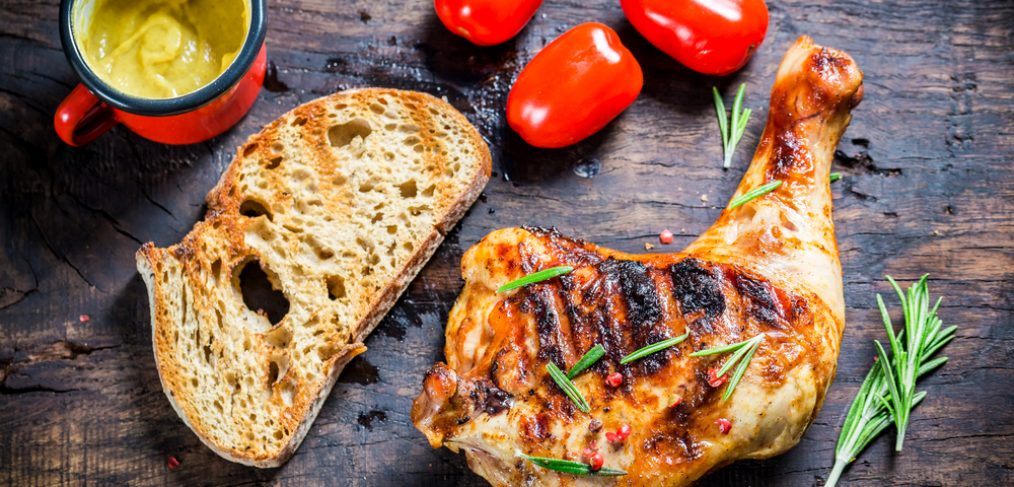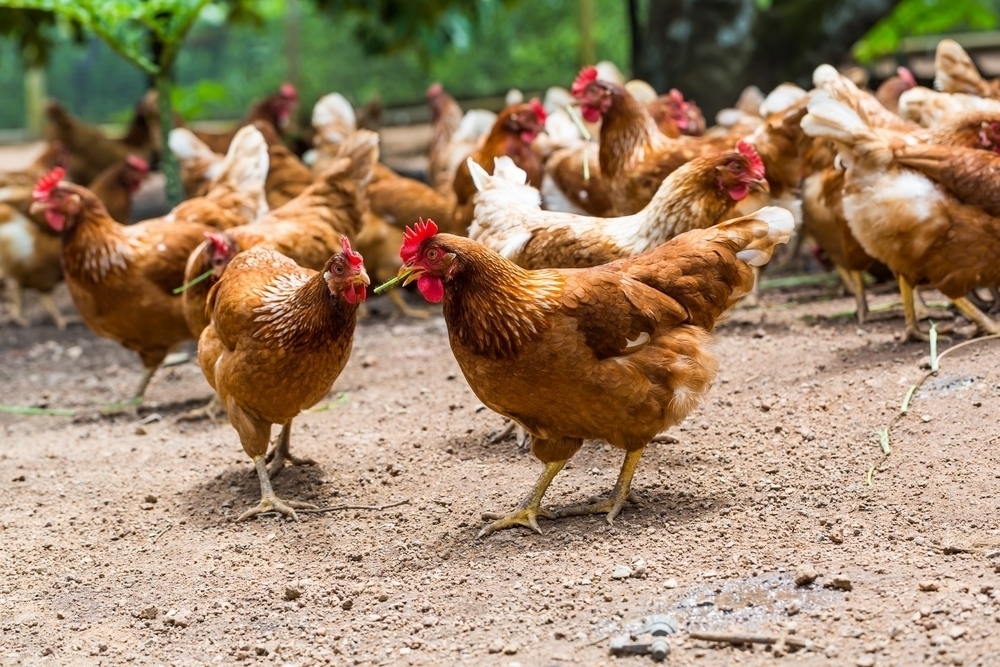So much for not eating anything you can’t pronounce. Vitafiber is the newest producer of a nondigestible, sugar-free, gut friendly fiber/ solution for those with a sweet tooth who can’t stomach the gluten or the sugar. While we have been exposed to power bars and candy bars which seem to fall short of the real thing in taste, and are reputedly not even much better for us, the real question here may not be how vital fiber stacks up, but rather, can you say isomaltooligosaccharide? More mercifully known as IMO, this short chain carbohydrate is the secret weapon behind via fiber, and may be the answer to healthy baked goods. Let’s take a closer look at the latest craze in health foods.
What is Vitafiber?
Vitafiber IMO is a low-calorie natural sweetener which provides probiotics ( the good bacteria) and non-GMO dietary fiber for better digestive health. It has all sweetness of sugar, is minimally processed. and is so versatile, it can meet almost all of your baking and cooking needs. Dietary too, Virafibert is free of dairy, gluten, sugar, allergens, preservatives, artificial colors and flavors and also meets vegan, halal, and kosher food standards. It is available in syrup and powder forms, making a great bulking agent for your baking creations.
As an addition to your food, you’ll find that Vitafiber has no bitter aftertaste and the 98% fiber content makes it great for keeping full, baking with a nice crispy outer texture and inner gooeyness. Plus, it saves time and money, acting as a sweetener and a binder without the addition of sugar, flour, starch and preservatives and great for your vegan, pale, and diabetic friends.
Vitafiber Recipes
Hemp Seed Microwave Cake
Ingredients (4 servings)
1/4 cup hemp seeds
2 eggs
1/4 cup Vitafiber powder
2 tbsp arrowroot powder
1tsp baking powder
1 tsp vanilla extract
Blend all ingredients using a hand blender, cook in the microwave for three minutes.
134 cal., 7 g fat, 6.7 g protein, 0 g sugar, 14.8 g carbs, 9.4 g fiber
Simple Mini Cakes (4 cakes)
I egg
2 tbsp unsweetened apple sauce
1/4 cup Vitafiber powder
2 tbsp pea protein
1 tsp baking powder
Bake in cake or muffin pan for 20 minutes at 200-220 degrees. Flip over, cakes should maintain their shape and come out in one piece.
62 cal., 1.6 g fat, 5.5 g protein, 0.8 g sugar, 10.8 g carbs, 9.3 g fiber
Yogurt Flans (4 servings)
1/2 cup yogurt
1 egg
1 tbsp melted ghee (optional for buttery taste- warning: this tbsp is 112 cal, 13 g fat)
1/4 cup vanilla extract
1/3 cup Vitafiber powder
Put these in individual cups add water, turn over, removing from cups, the mixture should maintain its flat shape. Drizzle with water, bake in the oven for 20 minutes.
92 cal, 12.5 g fat, 2.7 g protein, 1.2 g sugar,2.7 g carbs, 5.2 g fiber
Have you tried Vitafiber? What do you think? Got any good recipes for us? Let us know!








